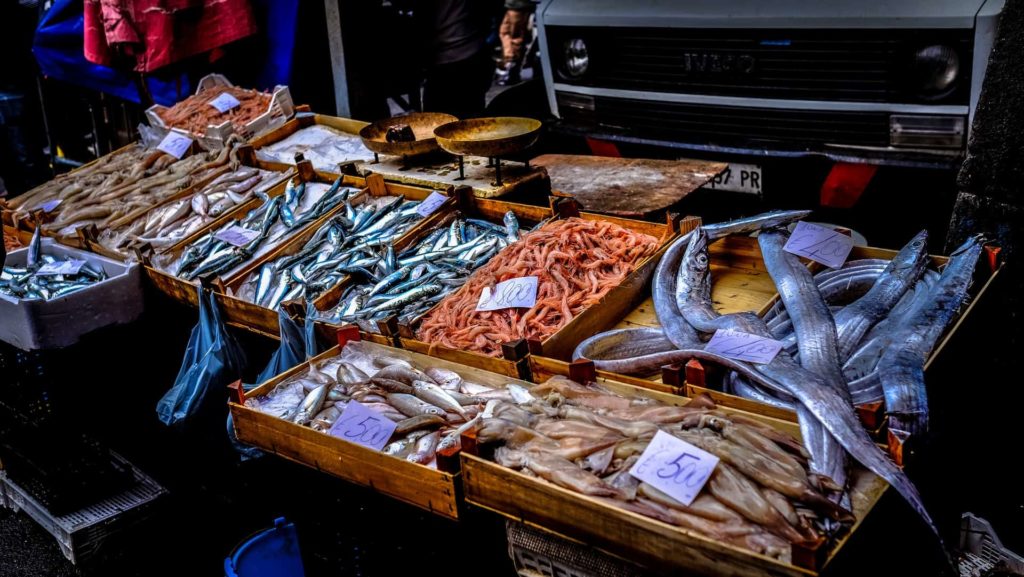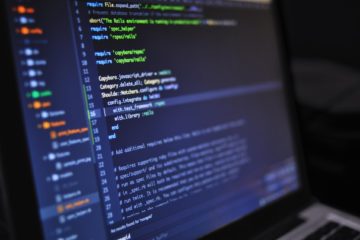As I’m sure many of you have noticed right about now, the outbreak of COVID-19 has everyone locked down. Economies are crumbling disturbingly quickly, companies are being bailed out left, right and centre and governments are releasing “the biggest ever!” stimulus packages like they were those AOL CD’s. It’s not one of our best points in history.
The current Coronavirus pandemic is a pretty decent shit show but it’s by no means the first time we’ve been on this course. The SARS outbreak a number of years ago also posed a similar issue and is in fact another different type of Coronovirus too. It’s almost like we’re on repeat at this point in history. Maybe 2021’s biggest hit will be COVID-20…
These types of zoonotic diseases – that is, diseases that jump from animals to humans – have been happening for hundreds of years and one of the primary ways that they do this jumping is by us humans eating them.
The most significant zoonotic pathogens causing foodborne diseases are Escherichia coli O157:H7, Campylobacter, Caliciviridae, and Salmonella.
Many food outbreaks can be linked to zoonotic pathogens. Many different types of food can be contaminated that have a non-human animal origin.
All hail the Wiki
The thing is though, even after hundreds of years of trying to mitigate the risk of diseases jumping from animals to humans we still have it happening. Sure, it happens far less often now than it did 100 years ago but just like with any good Risk Management strategy, the best and ultimate solution to dealing with a “known risk” is to fully and completely eliminate it rather than place two-bit band-aids or big fancy warning signs around it.
You don’t leave a fully loaded gun that is half broken and randomly goes off every now and then just lying around the general public area. You don’t mitigate that risky thing by placing warning signs around it. No, you remove it completely. This is what we as a human race now have the capability to do with clean meat.
Clean Meat Isn’t Just A Name

Currently we have no choice but to bathe processed meat from animals like cows or pigs in ever bigger batches of antibiotics during its production. We also have to be extra careful when handling, storing and preparing meats as they are far more likely to harbour harmful bacteria or other things and so must be eaten quicker or cooked more thoroughly to ensure it’s safe to eat.
This is because even in the best economies or best farms, you’re still dealing with what is a pretty “dirty” thing hygienically speaking. Cows or pigs have faeces and fly’s everywhere during their lifetime, when they’re “processed” (read killed and cut up) the other internals are full of bacteria, virus’ or unprocessed internal faeces and often get mixed in with the meats as it’s just unavoidable.
I’m not telling you all this to gross you out or insist you never eat meat again, I still occasionally eat meat and it’s delicious, but it is just the truth of the world we live in. Meat from cows etc is by comparison, dirtier than other things like carrots or fruit. Clean Meat completely avoids all this though.
Clean Meat has been going through a huge boom recently and is now on the cusp of fully breaching through to the mainstream public. You can learn much more about what Clean Meat is in one of our first pieces on the topic here, but it’s essentially where a small amount of muscle cells (or now other cells too) is obtained from an animal like a cow and then is grown in the lab until you have a complete piece of animal “meat”.
There are now dozens of different companies all building up and commercialising the technology of growing meat in the lab at scale. It will obviously take a number of years more before these companies start to even approach the size of the current meat industry but given how fast tech moves these days and the current – ahem – motivation that COVID-19 might add the meat world could be very different 10 years from now.
When you grow meat in a lab it’s, obviously, in a lab. Labs are far, far cleaner and controllable than slaughter houses or just general farms meaning that the produced meat is just plain cleaner. There’s no risk of cross contamination from faeces or other zoonotic diseases because they’ve literally controlled all inputs from the cell level up.
Not only is this increased cleanliness a benefit from a health and hygiene point of view, it also means the meat itself can last longer in your fridge without being a health risk and has lower cleaning costs during manufacturing. It also finally, fully removes the main risk factor of humans contracting zoonotic diseases in the future.
Obviously this won’t entirely remove zoonotic diseases like COVID-19, there are many other ways virus’ and such jump from animals to humans, but it would be a drastic improvement.
Cost And Climate

Having lab grown, incredibly clean and delicious meat is great and all, but it’s not going to change much if it’s still super expensive and only the rich can afford it. Thankfully one of the biggest promises of Clean Meat is that it should eventually become cheaper than currently priced meat.
This shouldn’t really come as much of a surprise though as this new way of producing meat is a technology and technologies always get better/faster/stronger over time. Add to this the fact that you’re producing the same end product but with vastly fewer resources like land, water, grain, cleaning costs and transport.
At scale, cell-based meat may require up to 90% less land and water, and emit up to 90% fewer greenhouse gases
Memphis Meats
As such, it’s entirely feasible that rather than being $10/kg for dirty meat like it is now, you might one day see clean meats costing $1/kg or even $1 per 10 kg. As scaled up production plants, competition, scientific advances and more improves the production efficiency I don’t think it’s too impossible to see the costs drop by 10-100 fold. They’ve already come down around 30,000 fold (from $330K to only $11 for a hamburger) over the course of just 7 years!
This far cheaper product combined with the capability for essentially unlimited production – assuming you have the factories to churn it out – will mean there’s a great incentive for less developed countries to embrace it. The demand for meat is only going up as more and more people around the world begin to come into the middle class and healthy, delicious and locally produced meat could play a huge part in quenching that demand.
The country gets a local source of meat which is great for building its economy, it takes pressure off ever stressed farming resources, enables their citizens to experiences a richer life and increase health while decreasing medical costs and climate impacts. It’s truly an all round win across the board!
It’s Time Humanity Takes The Next Step
Throughout the ages we’ve jumped from hunting for meat to farming meat. Now it’s time for the human race to take our next big leap. To go from wasting enormous resources we don’t have raising cattle along with inflicting tremendous pain and suffering on them to a more efficient, sane and humane approach to feeding our population.
Clean Meat is better in every single way possible. It tastes better, is healthier for us, will cost less, can be grown faster, requires far fewer resources to grow, harms no animals, is hygienically cleaner, can be grown locally to reduce transportation costs, contributes to fixing climate change, and more.
To continue to promote the current meat industry, killing animals and delivering a sub par, dirty product when we now have this superior alternative is akin to still hunting for animals vs farming them. Clean Meat is a paradigm shift in technology that the entire human race needs to embrace. If not for the planets future, then to prevent the next COVID-19 pandemic
The benefits include: 1) How to get those silky smooth videos that everyone loves to watch, even if you're new 2) How to fly your drone, from taking off to the most advanced flight modes 3) Clear outlines of how to fly with step-by-step instructional demonstrations and more 4) Why flying indoors often results in new pilots crashing their drone 5) What other great 3rd party apps are out there to get the most out of your drone 6) A huge mistake many pilots make when storing their drone in the car and how to avoid it 7) How to do all of these things whilst flying safely and within your countries laws.




